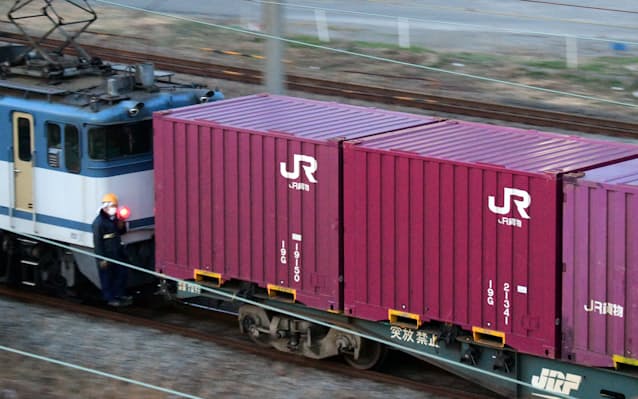Two young Vietnamese people save two Japanese children.
Th10 14, 2025

In April 2024, the enforcement of the revised Work Style Reform–Related Law is expected to deal a significant blow to Japan’s transportation industry — a situation widely referred to as the “2024 Problem.”
The trucking industry has long struggled with chronic driver shortages and low wages. However, the revised law, which limits truck drivers’ overtime to 960 hours per year, is expected to impose even greater challenges. This article highlights previous reports on this pressing issue.
The “2024 Problem” Impacting the Transportation Industry
The “2024 Problem” refers to a series of issues anticipated to arise in the trucking industry following the enforcement of the Work Style Reform–Related Law in April 2024. Specifically, it is expected to lead to outcomes such as declining profits for transport companies, reduced income for drivers, and rising freight costs paid by shippers.

Under the newly revised Work Style Reform–Related Law, the maximum annual overtime for drivers will be capped at 960 hours. While this will reduce working hours for many truck drivers, it is also expected to exacerbate the industry-wide driver shortage and reduce income for drivers who previously relied on overtime pay — potentially dealing a significant blow to both workers and transport companies.
To avoid the so-called “2024 Problem,” the logistics and transport industry is racing to secure manpower, strengthen collaboration among companies, and develop new technologies. This article highlights the current state of the industry and various efforts being made to address these challenges, drawing from past reports.
Even “Tsukimi Soba,” the Worker’s Ally, May Be Affected — Four Risks to the Supply Chain
Since the 2020s began, the risks facing the transportation industry have come under increasing scrutiny. In addition to disruptions in global supply chains caused by U.S.–China tensions and the COVID-19 pandemic, a growing concern is the worsening labor shortage. With the enforcement of the revised Work Style Reform–Related Law in 2024, restrictions on drivers’ working hours are expected to make it difficult to maintain traditional long-haul routes — routes that depended on operating a single truck for extended periods — and to intensify the shortage of available drivers.
A Logistics Crisis in 2025? What’s Needed to Build a Sustainable Logistics System
According to Mr. Hitoshi Horio, a member of the Ministry of Land, Infrastructure, Transport and Tourism’s Comprehensive Logistics Policy Committee, addressing the 2024 Problem requires company executives to develop a strong sense of crisis. To achieve this, it is essential to repeatedly communicate and raise awareness of the real issues faced on the ground, transcending boundaries between industries and across the supply chain.


Mr. Arata Inukai, who became president of JR Freight in June 2022, is also paying close attention to the 2024 Problem.
“A freight train, operated by a single driver, can carry as much cargo as 65 trucks,” he noted, expressing his intention to contribute—through the company’s operations—to improving the working conditions and lives of long-distance truck drivers, as well as alleviating the driver shortage.
In Conclusion
The 2024 Problem poses a serious challenge to Japan’s transportation industry. Solving it requires addressing the chronic shortage of truck drivers, but attracting new workers will not be easy for a sector long characterized by low wages and long working hours.
While companies are beginning to respond through partnerships and technological innovations, 2024 is fast approaching. The future of Japan’s logistics industry—an essential pillar of the national economy—will need to be watched closely.
(0) コメント
コメント